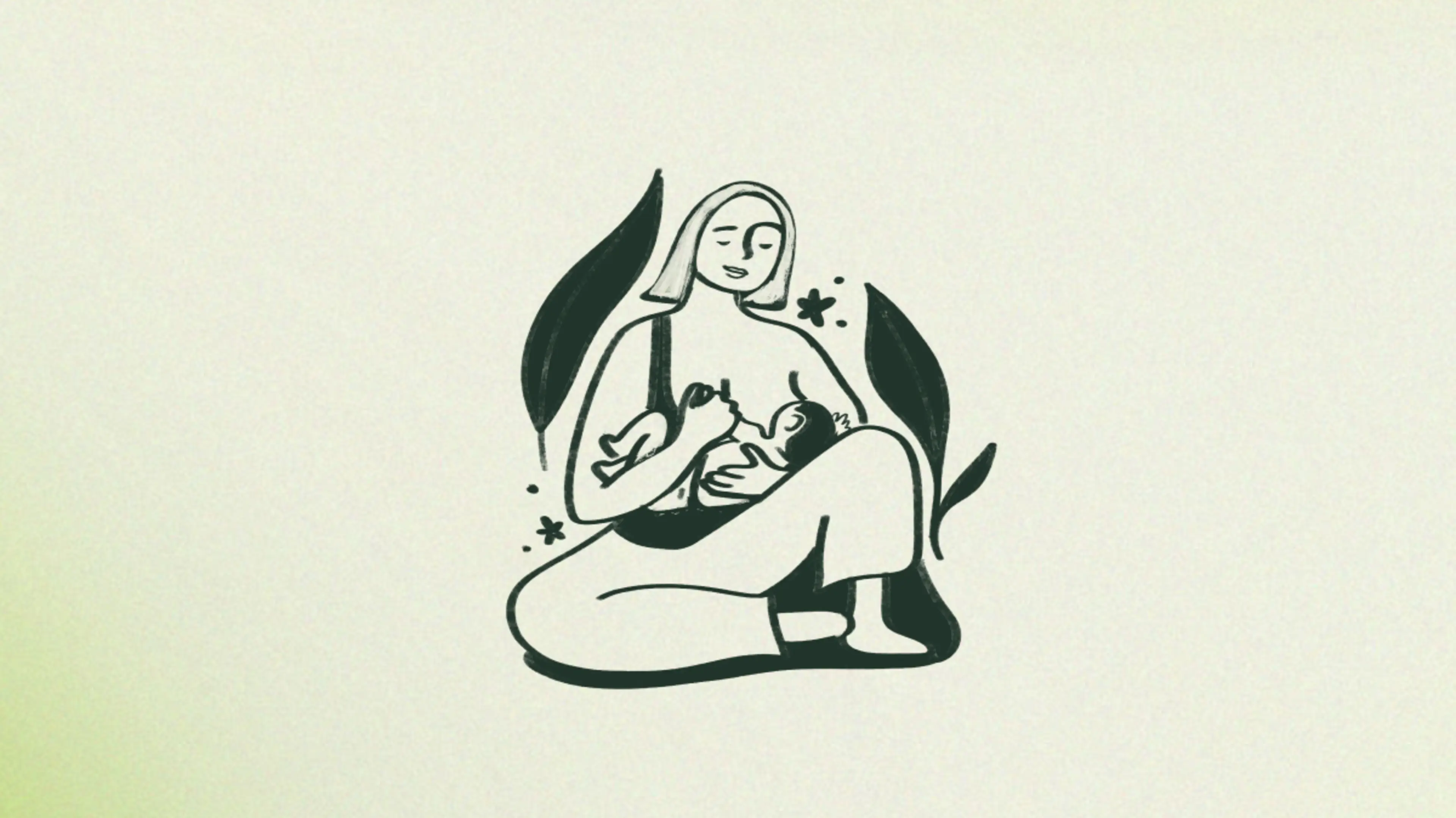TLDR: Breastfeeding can work as a potential form of birth control with a few major caveats. While the act of nursing creates the hormone prolactin, which inhibits ovulation, there are certain scenarios in which you can be actively breastfeeding but still get pregnant. Know what signs to look out for before you rely on nursing as your primary form of pregnancy prevention.
After spending almost a year pregnant, birth control probably isn’t at the top of your mind. But once you get the all-clear from your doctor for sex (which is usually around six weeks postpartum), it comes back into the spotlight. If you’re breastfeeding, you might start hearing that you can’t get pregnant while nursing. There is truth to that. But before you decide to rely on that as your new contraceptive, you should understand how it works and a few very important caveats.
We sat down with Dr. Lisa Czanko, MD, MPH, to answer all our questions, like can breastfeeding work as birth control, how does it work, and how long can you rely on it?
What is the Lactational Amenorrhea Method?
Dr. Lisa Czanko: When breastfeeding a baby regularly and exclusively (that means no formula and no breast pumping), the body usually stops ovulating and menstruating. This effectively serves as a form of birth control (known as the Lactational Amenorrhea Method) since a person needs to ovulate (release an egg from an ovary) in order to get pregnant.
What Happens that Can Prevent Ovulation During Postpartum?
LC: Feeding a baby from the breast (specifically, having a baby suckle at the nipple) leads to rises in the level of the hormone prolactin1 , which is the hormone that promotes breast milk production. Regular feeding from the breast (again, pumping does not count) keeps the prolactin level high. High prolactin inhibits ovulation and leads to absent periods. This is the body’s built-in way to prevent pregnancies from occurring too close together, allowing you time to recover, and increasing the likelihood of healthy subsequent pregnancies.
How Long Can Breastfeeding Be Used as "Birth Control” and Are There Caveats?
LC: Typically, breastfeeding can be used as an effective form of contraception up until six months after delivery. However, breastfeeding is only an effective form of birth control during this six-month period if the following two requirements are met.
First, a person must not be having any periods.
Second, a person must feed a baby directly from their breast with adequate frequency, which means at least every 4-6 hours.
If this is not occurring, then other forms of contraception should be used. If a person is using the lactational amenorrhea method and skips breastfeeding, they should consider using emergency contraception if they recently had unprotected vaginal intercourse with a male partner.
Is Okay to Breastfeed and Take Hormonal Birth Control?
LC: There is some concern that hormonal contraceptives can affect milk production. However, there isn’t a lot of good research on this topic. When making the decision whether to start them or not, the risks and benefits should be discussed with a doctor on an individualized basis.
The medical guidelines on the topic help demonstrate the controversy. For instance, the globally reaching recommendations of the World Health Organization recommend against starting hormonal contraceptives right away given that breastfeeding is especially important as a nutrition source for infants in impoverished countries. However, the recommendations from the US-based Centers for Disease Control and Prevention do not advise against any hormonal contraceptives while breastfeeding.
What are Birth Control Options for Breastfeeding Moms?
LC: The CDC recommends that combined hormonal contraceptives, which are medications that contain both estrogen and progesterone and include traditional birth control pills, the patch, or the ring, should not be used for three weeks following delivery2 for most people, whether breastfeeding or not. These also should not be used for at least seven weeks after delivery in people who have an increased risk of blood clots.
Progesterone-only contraceptives—including pills, an injection, or an implant—can be started immediately after giving birth.
Other contraceptive options include IUDs, condoms, internal condoms, diaphragms, cervical caps, or even sterilization (getting tubes tied).










